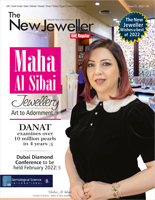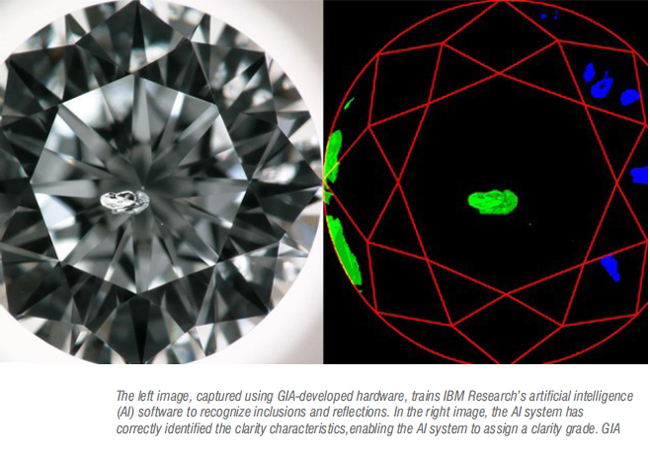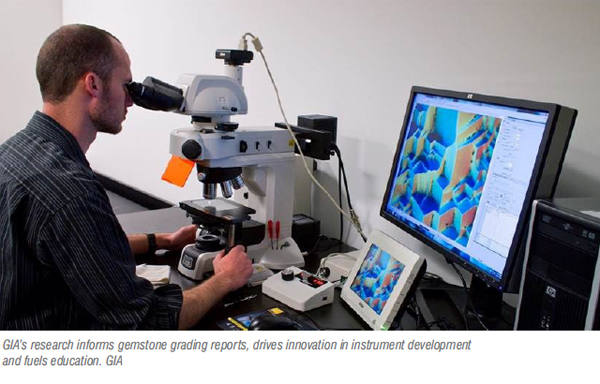
 |
|
| Home Technology / Education Events & News Archives Designs |
|
Focusing on Sustainability
Today, will lead
to Stability & Growth for Tomorrow Tom Moses
We are witnessing a New Trajectory concerning the global Diamond supply chain with Dubai breaking all records in terms of Tendering / Auctioning Rough & Polished and strategically partnering with Diamond economies such as Israel to build trade. What is your opinion on this and can you suggest some points that might further the growth of Dubai diamond business? Dubai has emerged as a vibrant centre of the global diamond industry. Its location, infrastructure and transportation links are all very important, as is the presence of many key participants in the diamond trade. Building strategic relationships with other centres and key stakeholders will attract even more activity, leading to further growth and success. The 'Dubai Diamond Conference' is slated to be organised this February. What according to you is the significance of the Conference especially with subjects such as "The New Consumer and Changing Demands" and "Rethinking the Diamond Supply Chain"?
Evolving consumer desires and the global supply chain challenges are two very important and closely linked issues. More and more, consumers want information about the diamonds they purchase, particularly about sustainability and their impact on the environment and communities along the supply chain. Discussion on these topics at this year's conference will undoubtedly be very valuable. The 'GIA Diamond Origin Program' is becoming a critical part of the global diamond business. Can you elaborate on the 'GIA Diamond Origin Program' and add on the positive disruption that it will have in the Diamond Industry? The GIA Diamond Origin Program is, as far as we know, the only origin program based on careful analysis of the original rough diamond and then examining the reportedly resulting polished diamonds using the same suite of advanced techniques. With this process, GIA can definitively and independently make sure the polished diamond is a match to its original rough. This verifiable origin information, which consumers increasingly demand, is a positive step towards reinforcing consumers' trust and confidence in their diamond purchases. How important is the 'Education Services' initiated by GIA to the trade and can you elaborate on the future direction that education should take concerning the Diamond sector keeping in mind the New Generation coming into the Industry? Education is the foundation of GIA – it is where our Institute started more than ninety years ago. Our education programmes continue to evolve to educate industry professionals and help retailers translate their knowledge to consumers. Since 1931, we have helped prepare each new generation of gem and jewellery professionals. In addition to learning g e m m o l o g y o r j e w e l l e r y d e s i g n a n d manufacturing, it is very important that those seeking to make or advance a career in the diamond industry develop a strong understanding of ethics and sustainability. These elements are a vital part of our curriculum. 
Technology is playing an important part in the evolution of the sector with cutting edge machine tools being launched with respect to Diamond Identification, Diamond Cutting etc. What is your opinion on the plethora of products launched and what should the Diamond company heads look at while selecting the best of Technology tools for the company? Technology cannot replace the emotional side of purchasing a diamond, coloured stone or pearl. Technology works best when it helps consumers better understand the attributes of the gems they purchase, which gives them greater confidence. Our industry has a long history of innovative use of technology, from the iconic jewellers' loupe that brought inclusions into view to the advanced artificial intelligence applications GIA is using today for diamond grading and treatment detection. There are many factors to be weighed with considering new technology tools. Most important, perhaps, is to closely question how extensively and rigorously the tool has been tested and how much data is available to support the technology's claimed capabilities. For example, the basis for GIA's AI clarity grading system is information from the millions of diamonds GIA examines each year. This volume of data is needed to ensure that new technologies can fulfil their promise. Lab Grown Diamonds are making a headway into the trade as well as the consumer segment. What are the key factors according to you that will help maintain a healthy competition in the Industry and also suggest if there can be any other method of competing for lab grown with natural diamonds apart from just price point? Perhaps the most important aspect of a transaction involving any diamond - natural or laboratory-grown, untreated or treated - is disclosure. When purchasers, either in the trade or consumers, have complete information about a diamond's quality and characteristics, they will have greater confidence in their decisions. Disclosure is vital to protecting consumers and ensuring their trust in gems and jewellery - this is GIA's mission. As man-made diamonds grow in the marketplace, it is more likely they will follow a separate path rather than competing with natural diamonds. History has shown with other gem materials that have been synthesised, for example, ruby, emerald and others, that both the natural gem and its laboratory-grown counterpart continue to grow in the marketplace. 
What would be that one critical advice that you would like to give to the Industry for Stability, Sustainability and Growth? Stability, sustainability and growth are closely linked. That said, a focus on sustainability today will lead to stability and growth tomorrow. We must as an industry prepare to address consumers' desire for clarity about our industry's sustainability practices. Consumers expect this; meeting their evolving preferences is how we will achieve stability and growth.
|